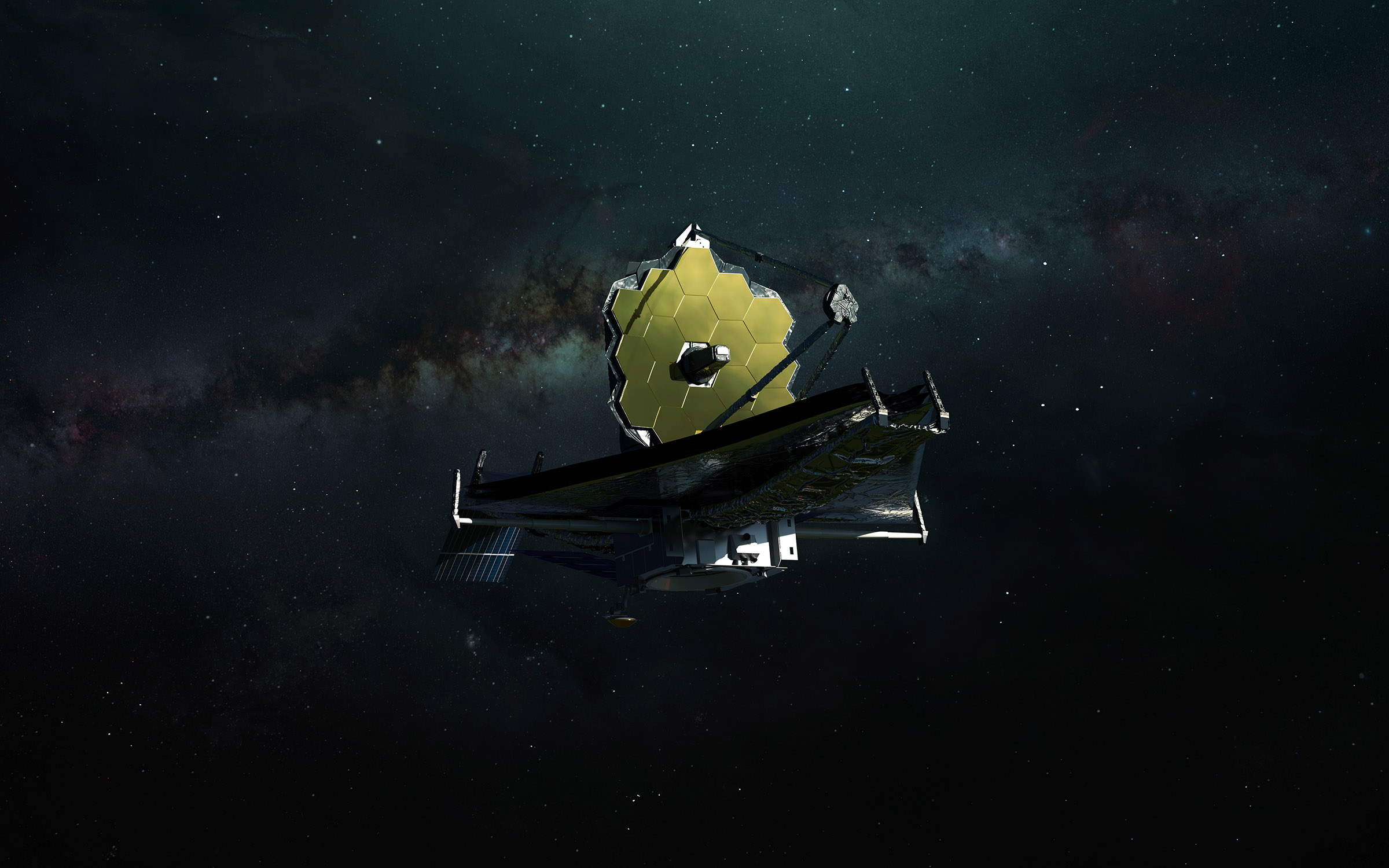SETI Scientist Claims James Webb Is About To Discover Alien Life
Lisa Kaltenegger, who currently directs the Carl Sagan Institute at Cornell, recently told The Telegraph that announcements of alien life discovery are imminent and that the James Webb will be the tool we use to find evidence of life beyond our planet.
Scientists have been looking for signs of life out there for decades, and while we've seen some interesting results in the search for alien life, nothing has proven, without a shadow of a doubt, that there is life beyond Earth. But that could change in the next couple of years, Kaltenegger claims.
That's because we now have the James Webb Space Telescope. The observatory is the most powerful that humankind has ever built, and it has continued to provide new information about our universe, literally shaking our understanding of the cosmos to its foundations. But will it be responsible for the first discovery of alien life?

It's very likely. Kaltenegger says that Webb was designed to detect biosignatures, a very scientific word for "signs of life." These signs of life include methane produced by organisms, which is likely where we'll find evidence of alien life beyond our own solar system.
Kaltenegger says that the planets orbiting the red dwarf star Trappist-1 are some of the most promising, claiming that we could detect biosignatures in the gases on these worlds within the next five to 10 years. That's a far cry from tomorrow, but in terms of scientific research, five to 10 years is nothing.
Of course, if these claims do turn out to be true, then it will be a huge breakthrough for SETI, which has been searching for any signs of alien life since its inception. And, if Kaltenegger's timeline is anything close to correct, we'll have our proof sooner rather than later.
